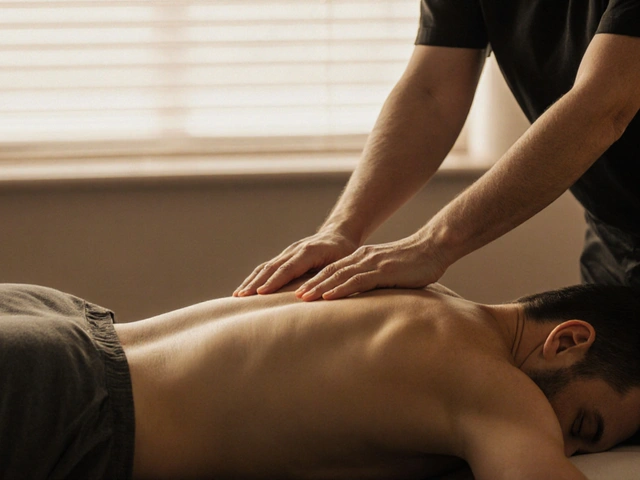Orthopedic procedure: what to expect and smart recovery tips
Surgery or an orthopedic procedure can feel like a big leap. You might worry about pain, time off work, or whether the procedure will actually fix the problem. This page gives straight-up, useful advice so you know what to ask, how to prepare, and how to recover faster. It also points out noninvasive options you can discuss with your doctor.
When an orthopedic procedure makes sense
Think of an orthopedic procedure as a targeted tool: it’s for structural problems that don’t respond to simple measures. Signs to consider surgery include persistent pain that limits daily life, instability (knees or shoulders giving out), or clear loss of function like inability to lift your arm. If conservative care—physical therapy, targeted massage, injections—hasn’t helped after a reasonable trial, then a procedure may be the next step.
Ask your provider three clear questions: What will this fix? What are the realistic results for people like me? What are the risks and rehab timeline? If answers are vague, ask for a second opinion. A good surgeon gives plain answers and a rehab plan up front.
Prepare well, recover smarter
Pre-op checklist: stop smoking, optimize blood sugar if diabetic, build basic leg or arm strength with guided exercises, and sort out help for the first week home. Pack a bag with easy clothes, a phone charger, and any mobility aids you’ll need. Ask about pain control options—multimodal pain plans reduce opioid use and help you move sooner.
Early recovery tips: follow your rehab plan exactly, keep wounds clean, and use ice and elevation to limit swelling. Start gentle movement as directed—stiff joints heal poorly when immobilized too long. Physical therapy speeds return to function; show up and do the home exercises. Combine PT with targeted soft-tissue work when cleared: trigger-point techniques, gentle Ortho-Bionomy-style movements, or palliative massage help reduce scar tightness and ease pain.
Consider noninvasive alternatives when appropriate. For joint stiffness, newer options like contractual tendon release or guided injections can restore motion without open surgery. Manual therapies such as Rolfing or structured movement methods (Feldenkrais, Hellerwork) won’t replace a needed operation, but they can improve posture, reduce pain, and sometimes postpone more invasive steps.
Watch for red flags: increasing redness, fever, new numbness, severe uncontrolled pain, or wound drainage—call your clinic or go to urgent care. Track progress: most procedures show steady improvement in the first 6–12 weeks; if recovery stalls, revisit your surgeon and therapist to adjust the plan.
You don’t have to choose between surgery or rest. Good outcomes come from clear goals, careful preparation, and active rehab. Use this page as a checklist when you talk to your care team—know the why, the timeline, and the recovery steps so you can get back to normal life faster.

Contractual Tendon Release: Fast Results, Real Relief
Contractual tendon release is making a real difference for those stuck with stiff joints and limited movement. This article breaks down what this procedure is, who really needs it, and how it gets you back on your feet faster than most old-school treatments. You'll see what to expect during and after surgery, plus tips to make your recovery as smooth as possible. I’ll also share some interesting quirks about tendon healing most people don’t know. If you’re dealing with tight, stubborn joints, this read might just change your game plan.
Categories
- Health and Wellness (148)
- Alternative Therapies (86)
- Massage Therapy (40)
- Travel and Culture (15)
- Beauty and Skincare (9)
- Holistic Health (8)
- Health and Fitness (5)
- Spirituality (5)
- Other (2)
- Personal Development (2)
Popular Articles



